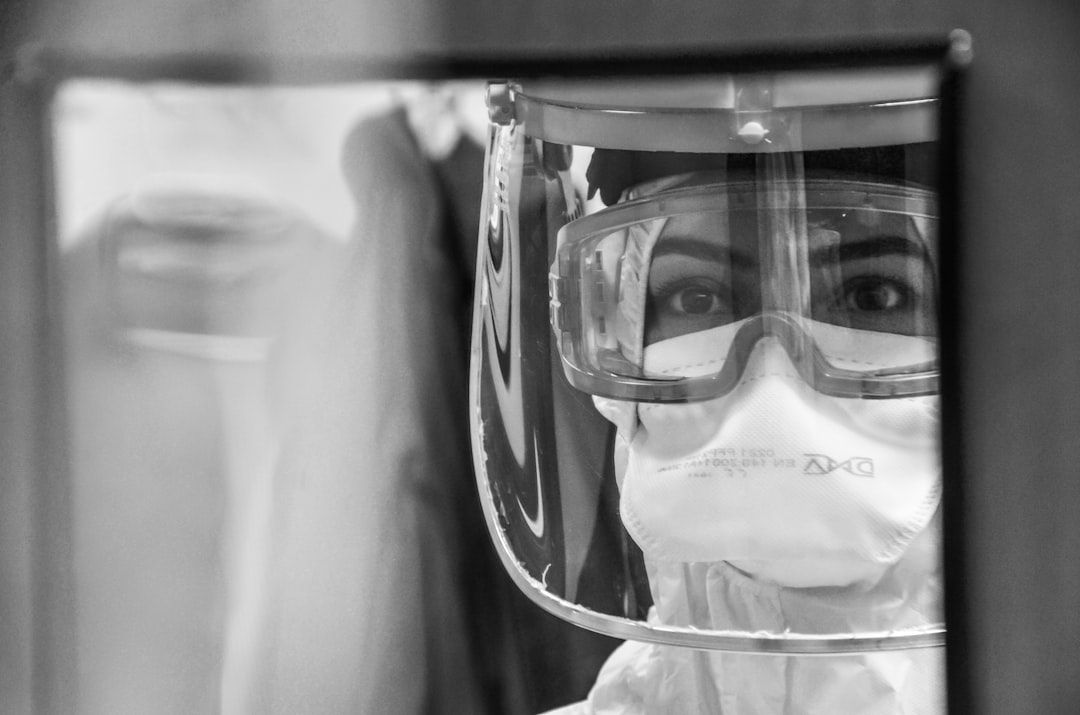What is it about?
We live in a world where stimuli and experiences are continuously changing. Categorization is the process by which we are able to consider different things as if they were the same, putting them into the same category, considering aspects that make them similar and neglecting aspects for which they differ. This allows us to save cognitive resources. However, categories are not fixed once and for all, because it is useful to learn from experience. Consider, for example, a person who put some kind of food into the category of “good things to eat”, but has stomachache every time after eating it. It would be reasonable to change the category where to put this food. Stomachache in this case would be considered “evidence” for changing the category. The question we face in this article is: how do we exploit available information (“evidence”) coming from experience? In this article we consider two ways of taking this information into account: one is called “analytic” and consists in paying attention to the details of a stimulus, the other is called “holistic” and consists in taking a stimulus in its entirety. Even if it is possible that the choice of either approach depends on individual personalities, we do not consider here why one or the other approach is chosen, but what are the advantages and pitfalls of each of these two approaches. In our experiment we asked subjects to discover the rule that makes some depicted mushrooms belong to one category (say, eatable ones). At first, we purposely presented examples of this category where some features (e.g. the stem length) were evident but irrelevant, and in subsequent trials progressively we eliminated them. Unlike what is usually done in this kind of experiments, we did not ask subjects to tell if a particular example (say a particular mushroom) belonged to the category but asked them to try to combine some features in order to “build” such a mushroom. This “active feature composition task” allowed us to conclude that participants who used an “analytic” approach, based on an explicit comparison between exemplars, focused on features and analysis of differences, were more able to identify relevant and irrelevant features. The “holistic” approach lead to a less accurate performance. But in neither case the influence of irrelevant features could be completely eliminated. So there are two messages to take home: one is that, when we evaluate to which category things belong and decide accordingly, we should pay attention to details, and the second is that we are often misguided by what is more apparent even if this is not important.
Featured Image
Why is it important?
The effect of analytic and holistic approaches has not been studied before. Moreover, our “active feature composition task” is a novel technique that is able to gather better information about processes going on during categorization.
Perspectives
It is one important result from the Cognilab (Lab of Psychology and Cognitive Sciences), University of Genoa (Italy).
Alberto Greco
University of Genoa
Read the Original
This page is a summary of: Use of evidence in a categorization task: analytic and holistic processing modes, Cognitive Processing, August 2017, Springer Science + Business Media,
DOI: 10.1007/s10339-017-0829-2.
You can read the full text:
Contributors
The following have contributed to this page










